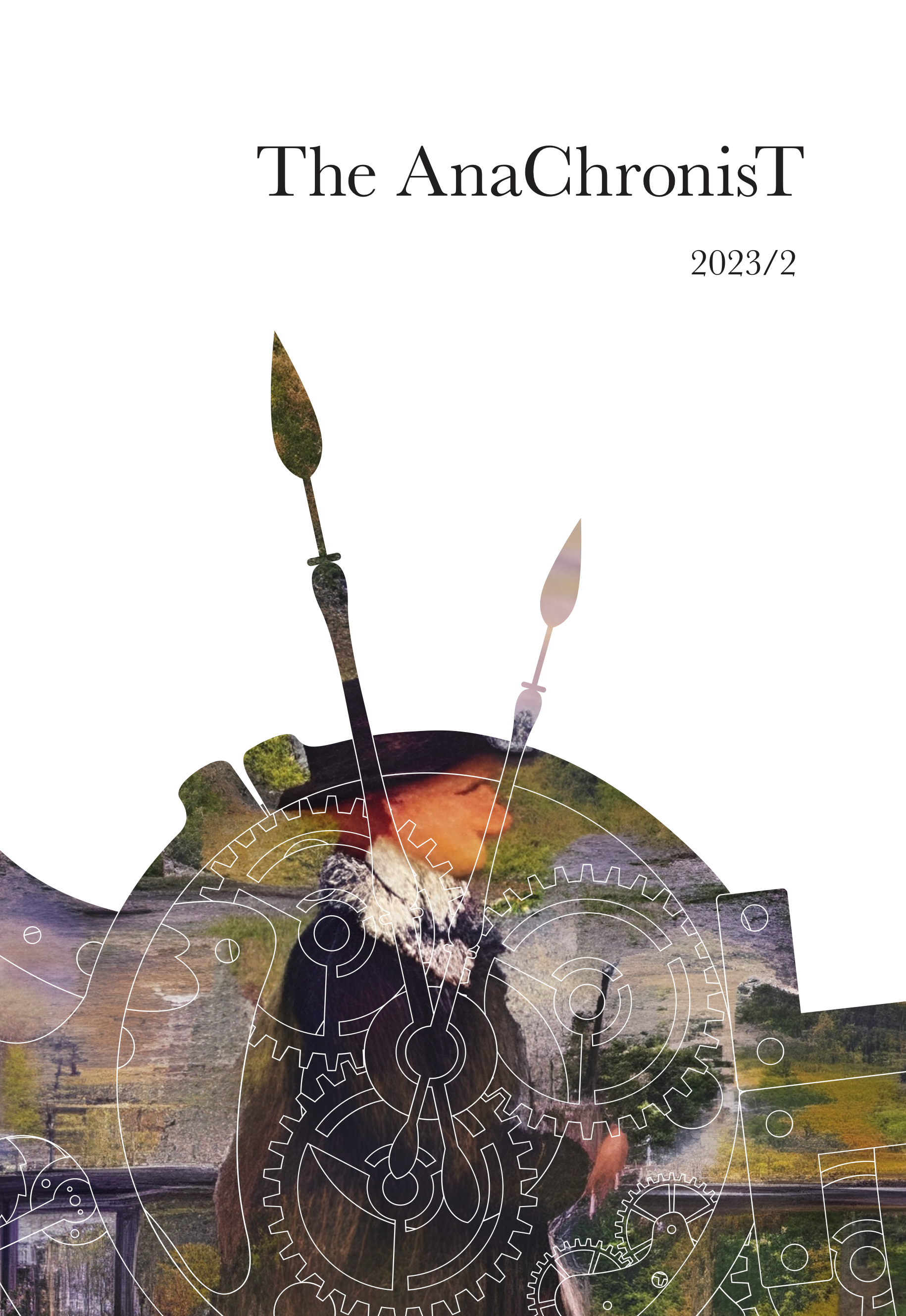Queen Elizabeth and Sir Walter Scott’s Kenilworth
DOI:
https://doi.org/10.53720/MGXX8926Abstract
The historical romance of Kenilworth (1821) by Sir Walter Scott redefined for his own generation the cultic image of Queen Elizabeth I of the previous centuries. The Scottish author moulded the famous Virgin Queen of English history into a British icon by referencing the common English-language literary heritage shared by all subjects living on the British Isles. Scott based his plot upon the contemporary antiquarian accounts of the 1575 Kenilworth visit of Queen Elizabeth to the Earl of Leicester. While he handled historical chronology in a rather loose manner, in his descriptions of detail he followed the sixteenth-century sources about the events that were collected and published by John Nichols between 1788 and 1821. Utilising the romantic interest in such antiquarian reports, Scott filled up the gaps of grand history about the private life of the Queen by quoting exact details from these contemporary documents. Scott’s writing in the new genre of the historical novel was persuasive through its material authenticity which justified the fictious elements that explored the feminine aspects of the Queen’s personality. Scott also utilised the Romantic interest of his age in the picturesque countryside through which he depicted Queen Elizabeth’s character both as a public monarch and a private woman. Furthermore, by the choice of a peaceful reception rather than a military victory, Scott could promote a new and modern understanding of monarchy. For him royal festivity bridged the differences between national groups that lived on a common land inherited by all layers of society. Thus, Kenilworth established a new interpretation of the cultic figure of Queen Elizabeth that rested on the glories of the English past but catered for the needs of a newly formed United Kingdom of the nineteenth century.

